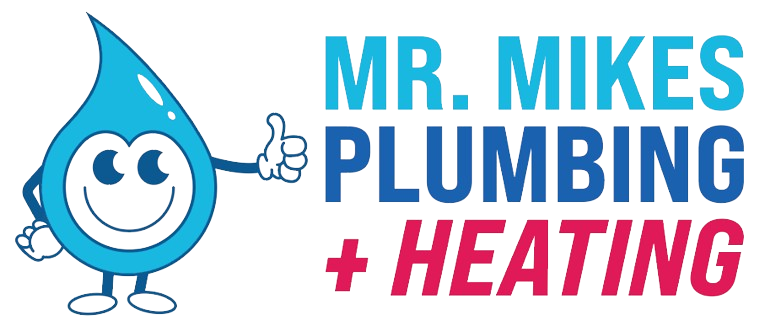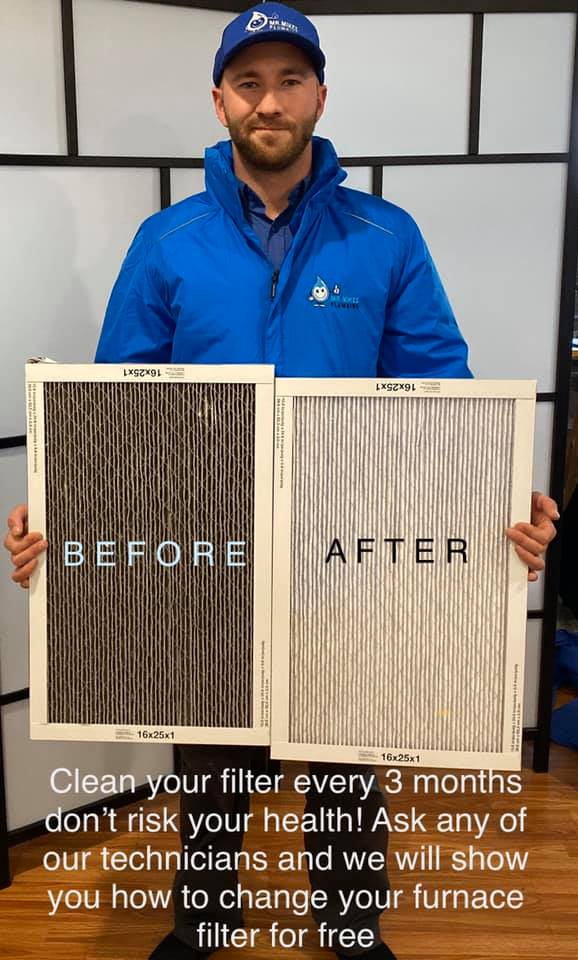How to prevent Backflow Contamination
September 16, 2016
Finding the Right Plumber in Calgary
October 26, 2016CALL NOW (403) 520-2040
Backflow Repairs and Maintenance
Backflow preventers help to protect drinking water from contamination and pollution. In water supply and plumbing systems, water is normally maintained at a significant pressure to enable it to flow from the tap, shower etc.
Backflow is a reversal of the normal flow process when unintended water, liquids, mixtures, or other questionable substances are forced in the reverse direction and into the potable water distributions pipes, fixtures or other potable system.
Back-siphonage is a type of backflow. Atmospheric pressure is the deciding factor in a back-siphonage situation. The potable water system somehow acquires a vacuum.
The atmospheric pressure then forces the undesirable substances into the clean water system. Back pressure is another kind of backflow. It occurs when the user system is at a higher pressure than the supply water systems allowing undesirable substances to be pushed back into the potable water system.
Backflow prevention is essential when installing water supply systems. However, the mere installation of backflow preventers is not enough. It is also necessary to periodically test these devices and maintain them well. Repairs should also be arranged for whenever necessary.
Also, the installation of a containment backflow prevention device does not eliminate the need for individual and zone protection devices. Water downstream of a containment device is considered unsuitable for drinking if there are internal backflow hazards still remaining within the property.
In such situations, the installation of individual and/or zone devices may be necessary to protect against the potential backflow risk of these remaining hazards and so protect the drinking water downstream of a containment device.
Typical backflow preventers include reduced pressure devices, double check valve assemblies, pressure vacuum breakers, and atmospheric vacuum breakers.
The reduced pressure backflow prevention assembly is subject to damage if internal water is allowed to freeze. All assemblies should be installed with resilient seated shut-offs so that a drip tight closure can be achieved to prevent refilling of the assembly after the freeze protection procedure is performed.
The unit must be protected from freezing by a heated enclosure, draining, insulation using heat tape, or other suitable means. However, the unit must always be accessible for testing and maintenance.
If any particular backflow preventing device is installed in an area where vandalism may be a problem, the assembly should be protected and secured. On backflow prevention assemblies installed in conjunction with fire sprinkler systems, an alarm can be placed on the OS&Y shut-off valves that will sound if unauthorised closure should occur.
The most common cause of check fouling and relief valve discharge in backflow preventers is dirt and debris in the seating areas. The line should be flushed clean of debris before installation of an assembly.
To flush the line during maintenance checks, the personnel should slowly close the inlet shut-off valve, remove the covers and internal assemblies of both check valves and open the inlet shut-off valve to allow sufficient flow of water through the assembly. This clears all sand, debris, etc. from the line. If debris in the water continues to cause fouling, a strainer may be installed upstream of the assembly.
All the parts of backflow preventers should be thoroughly cleaned before reassembly. Petroleum based oil, grease, and/or solvents should not be used to lubricate these devices. It must be remembered that the devices have been installed for potable water systems and only water resistant lubricants approved by concerned health authorities can be used to grease the system.
The repair and maintenance personnel must carefully inspect diaphragms, seals and seating surfaces for damage or debris. If the check valve seat disc has been severely cut at the seat ring diameter, the assembly might have endured extremely high and repeated back pressure.
Thermal water expansion or water hammer can be most likely causes of this problem. If back pressure persists, a pressure relief valve should be installed downstream of the assembly.
Once serviced by expert personnel, the backflow preventers should always be tested before they are used again


